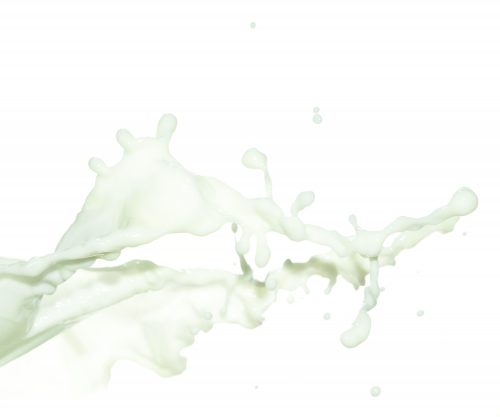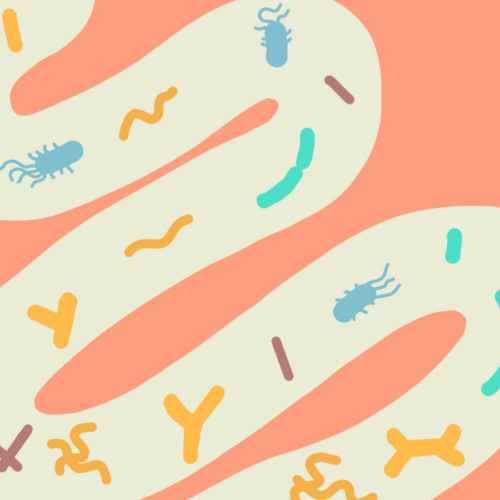
What is the difference between a dairy allergy and lactose intolerance?
A dairy allergy is a response by the immune system, which can be very serious, whereas a lactose intolerance occurs when we cannot fully digest lactose from dairy. While clinically less serious, this can cause a lot of discomfort.
Cow’s milk allergy
When people have an allergy, their immune system mistakenly identifies the allergen — in this case various proteins found in dairy — as something the body must fight. Antibodies are formed and histamine and other chemicals are released. Symptoms of an allergic reaction can occur within minutes or up to several days after eating or drinking a dairy product. Symptoms of cow’s milk allergy can include hives, eczema, face swelling, vomiting, diarrhoea, noisy breathing or even life-threatening anaphylaxis.
Cow’s milk allergy in adults is very rare but it is a common food allergy in babies, thought to affect one in 50 infants in New Zealand. Most children will grow out of a cow’s milk allergy by the age of four years, although that’s not always the case.
Lactose intolerance
Lactose is a sugar found in milk and people who cannot easily digest lactose are said to be lactose intolerant. This occurs when people have little of the enzyme lactase which helps break down lactose. Some people will always be lactose intolerant, as they will always be deficient in the lactase enzyme. Others, however, can experience a temporary problem when their body has little lactase available for a short time. This can happen after a bout of gastroenteritis. Symptoms of lactose intolerance include gut discomfort, bloating, wind and diarrhoea.
How do I know if I have one of these? How are they diagnosed?
In the first instance talk to your GP. For people who react to milk within an hour, an allergy can easily be diagnosed using a skin prick test or blood allergen specific IgE (RAST) test. The Australasian Society of Clinical Immunology and Allergy specifically advises against other types of tests which are unproven. For people who react hours or days after having milk, diagnosis is more difficult and referral to an allergy specialist or clinical immunologist is recommended.
Lactose intolerance can be tested using hydrogen breath testing following ingestion of lactose (talk to your GP about this). If you suspect you may be lactose intolerant, you can reduce the amount of lactose in your diet. You may want to keep a food and symptom diary so you can investigate it properly, or get help from a dietitian or qualified nutritionist. If your symptoms are not eliminated, they are likely to be from something else.
What do I need to avoid if I have either of these?
Children and adults with a cow’s milk allergy must avoid all dairy in their diet as it’s important not to provoke an allergic reaction. Most people with an allergy to cow’s milk will also be allergic to goat’s milk. Dairy is an important source of calcium and protein, as well as other nutrients, in our diets. So it’s important that when dairy is eliminated from the diet we seek the advice of a specialist health professional who can help to ensure the diet is still adequate for all nutrients. Re-introduction of cow’s milk should also be supervised.
People with lactose intolerance need to minimise lactose in the diet, rather than eliminate it. Most people with lactose intolerance can tolerate small amounts of lactose, such as the amount in a small glass (200ml) of milk, but greater amounts may provoke symptoms.
If you think your intolerance is temporary, try re-introducing more dairy into the diet while keeping a diary of your symptoms. If all is well, you can safely eat dairy products again.
Foods with the most lactose are milk, ice cream, yoghurt* and cream. Cottage cheese, cream cheese and feta cheese contain more lactose than other cheeses; matured or ripened cheeses such as parmesan, cheddars or camembert contain virtually none. Small amounts of lactose are also found in a wide variety of non-dairy products as it is often used in food processing.
*The amount of lactose in yoghurt varies widely but yoghurt also has lactase activity. Yoghurts with added cultures like acidophilus have the greatest lactase activity, so they are more readily tolerated.
www.healthyfood.com










